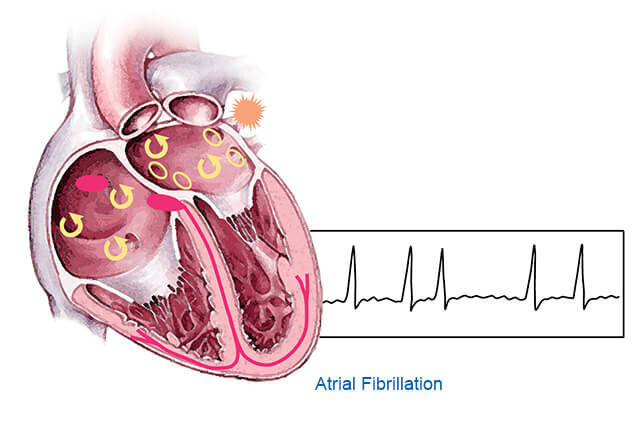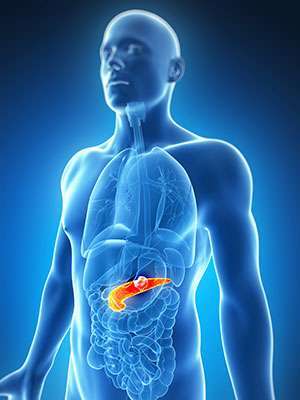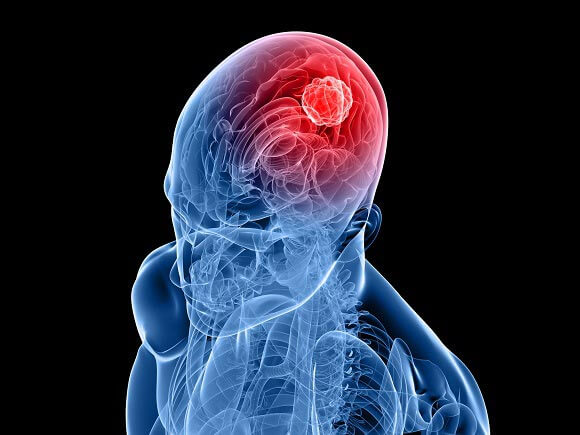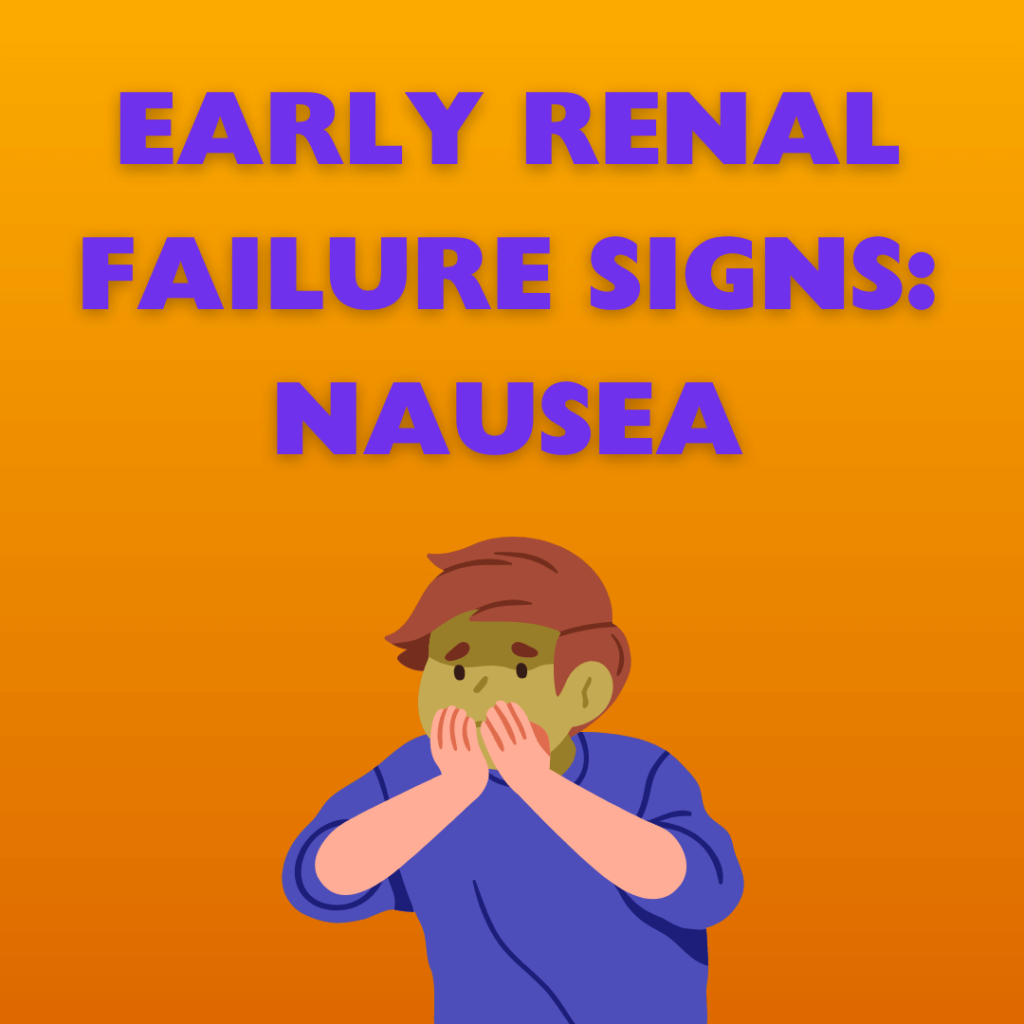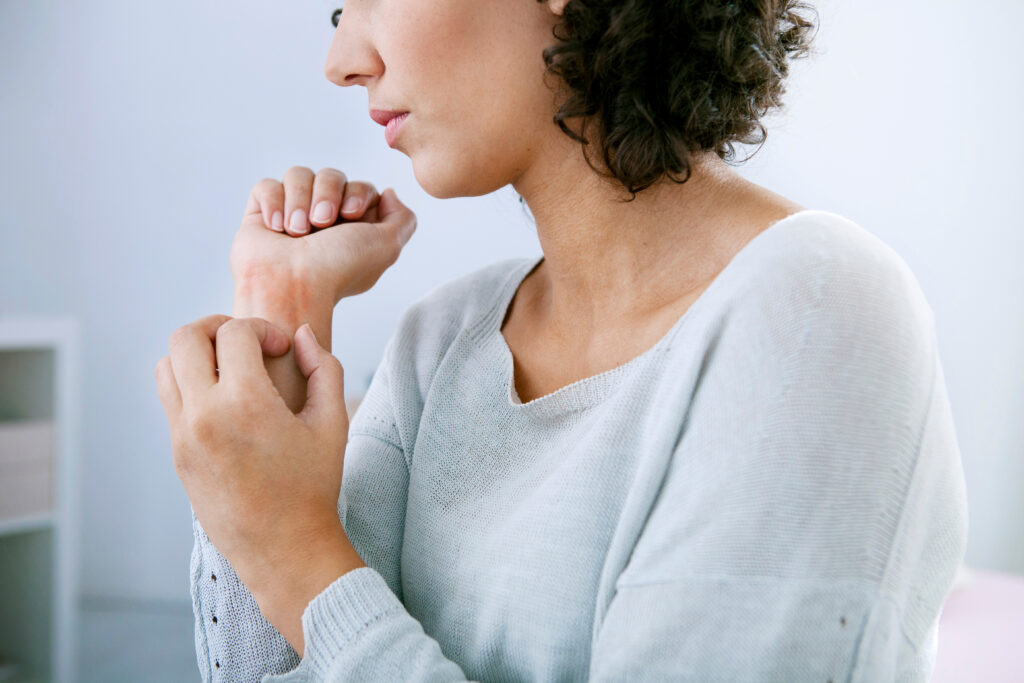
In the United States, approximately 7.5 million people live with psoriasis. This condition increases skin cell production and causes inflamed, scaly, red, and/or itchy skin. Psoriasis activates within the immune system and remains chronic once it develops. The symptoms typically begin between childhood and the late 30s, though you can develop the condition at any age.
Psoriasis is common, and many communities have been formed to support patients and healthcare providers in understanding, managing, and treating psoriasis. Still, living with the condition can impact an individual's mental wellness, lifestyle, and overall health. Fortunately, treatment can address symptoms and stop flare-ups in their tracks. What causes psoriasis to develop? What are the symptoms? And how can medical and emotional support improve a patient's quality of life?
Risk factors for psoriasis
Psoriasis stems from two types of risk factors: intrinsic and extrinsic. Intrinsic risk factors are pre-existing traits that increase the likelihood of developing psoriasis. Genetics is the primary intrinsic risk factor. Families pass down psoriasis through generations.
Extrinsic risk factors are external triggers that can activate psoriasis flare-ups. These risk factors include:
- Emotional stress
- Trauma
- Physical illness and injury
- Obesity
- Tobacco/alcohol use
- Cold weather
While external stressors increase psoriasis symptoms, touch cannot spread psoriasis from one person to another.
Types of psoriasis
According to the National Psoriasis Foundation, there are multiple types of psoriasis. These include:
- Plaque psoriasis: Plaque psoriasis is the most common form, named for the raised "plaques" that it produces. Symptoms include red, scaly skin patches, pain, and itching. Though these can pop up anywhere, these plaques often develop on the knees, belly, scalp, elbows, and lower back.
- Guttate psoriasis: Guttate psoriasis results in tiny, red spots across the torso, arms, and other areas. Primarily, young people and children are affected.
- Pustular psoriasis: This type of psoriasis creates pustules (pus-filled lumps) outlined by reddened, irritated skin. They may be limited to one area or spread all over your body.
- Inverse psoriasis: Inverse psoriasis leaves skin smooth, yet it reddens due to underlying inflammation. It develops in the folds of your skin, such as the underarms and groin. The condition worsens with touch and sweat.
- Erythrodermic psoriasis: This severe psoriasis affects approximately 2% of people. It results in widespread skin inflammation/redness and a mass-shedding of affected skin. Erythrodermic psoriasis can become life-threatening if left untreated.
If you are experiencing psoriasis symptoms, seek a dermatologist's advice. They can rule out conditions with similar symptoms, such as eczema, and assist you in acquiring care.
Treatments for psoriasis
Psoriasis is a chronic illness, yet treatment can help manage symptoms. Topical ointments called corticosteroids are the earliest intervention for mild to moderate cases of psoriasis. By reducing inflammation, corticosteroids slow the creation of new cells and lessen pain, burning, and itching in symptomatic areas. Other forms of topical therapy include retinoid creams, coal tar, and synthetic vitamin D topicals.
Another form of treatment is light therapy. This is intended for those with severe symptoms or those for whom ointments aren't fully working. Light therapy exposes psoriasis to sources of light that don't include skin-damaging wavelengths, which slows cell growth on plaques and lessens inflammation. These include sunlight, UV-B or UV-A lights (ultraviolet artificial lighting), and excimer lasers.
Doctors may also recommend medications. These consist largely of oral pills and/or injections. Steroid shots reduce inflammation in problem areas. Oral retinoids slow down skin cell production and can provide widespread relief. Medications will depend on the severity and type of your symptoms.
Living with psoriasis
Although psoriasis is a physical condition, mental health plays a huge role. The symptoms of psoriasis can make it difficult to bathe, sleep, exercise, and socialize. These limitations can lead to anxiety, depression, and low confidence. Many people with psoriasis also experience shame surrounding their appearance. These stressors contribute to psoriasis flare-ups.
Building a strong support system is crucial. Therapy may assist you in processing the condition's emotional impacts. In addition, numerous organizations uplift those with psoriasis and their loved ones. The National Psoriasis Foundation offers Peer Connections where you can seek validation from others in your shoes. The patient-advocacy group Psoarsis Cure Now advocates for patients so they can receive informed, compassionate healthcare.
Treatment and emotional support can make all the difference in psoriasis management. If you are diagnosed with psoriasis, talk to your healthcare provider about symptoms, concerns, and next steps. Living a rich, full life with psoriasis is more than possible with management and care.
Resource Links
- "Locations and Types" via National Psoriasis Foundation
- "Psoriasis" via National Institutes of Health
- "Light Therapy for Psoriasis" via NYU Langone Health
- "Psoriasis" via Mayo Clinic
- "Psychological effects of psoriasis" via DermNet
- "What is Psoriasis?" via CDC
- "Psoriasis: Causes" via American Academy of Dermatology Association
- "Risk Factors for the Development of Psoriasis" via National Library of Medicine
- "Skin Conditions by the Numbers" via American Academy of Dermatology
- "Psoriasis: Diagnosis, Treatment, and Steps to Take" via National Institute of Arthritis and Musculoskeletal and Skin Diseases

